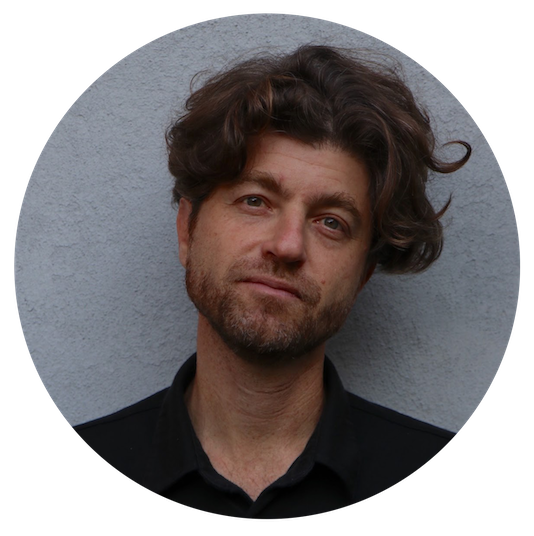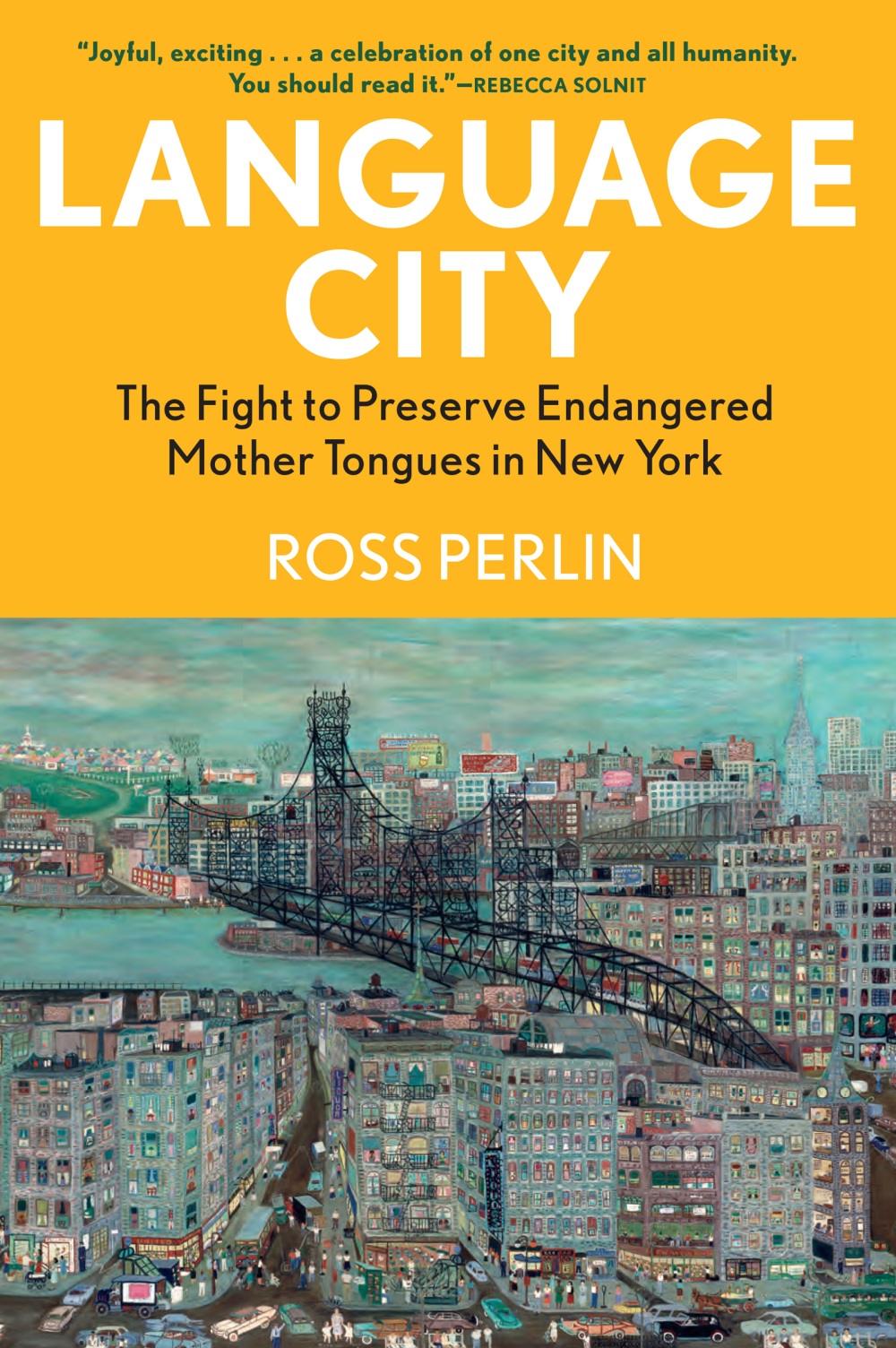Languages are disappearing. SOAS alum Ross Perlin is part of the fight to preserve them


Dr Ross Perlin, SOAS alum, linguist, Columbia University teacher, and co-director of the Endangered Language Alliance, discusses his new book Language City: The Fight to Preserve Endangered Mother Tongues in New York, and how his MA at SOAS shaped his career.
Half of the world's 7000-plus languages are likely to disappear within the coming centuries. As a linguist, Dr Ross Perlin writes, researches and works to map and preserve endangered languages. As a co-director of the Endangered Language Alliance in New York, he has helped to map endangered languages and preserve linguistic diversity in a city where half of the population speaks a language other than English at home.
In his new book, Language City: The Fight to Preserve Endangered Mother Tongues in New York, he focuses on six endangered languages in New York and the immigration stories that have made them what they are. We spoke to Ross about his book, his career so far, and his time as a student pursuing an MA in Language Documentation and Description at SOAS.
What drew you to linguistics?
"I love languages. Despite being raised monolingually in New York, I found myself drawn to them as I heard them all around me in this extraordinarily linguistically diverse city. Language really gets to where people come from in a way that the nation-states don't. Just to know someone is from Mexico is to know much less than to know that they are a speaker of Nahuatl, which tells you that they are coming from this world of indigenous Mexican languages spoken in particular places. I think language offers a deeper lens onto cities.
SOAS was my entry point into everything I'm doing now. It's where I learned the skills and met the people that led to the last 20 years of work.
So, I was studying as many languages as I could. I didn't study linguistics as an undergrad, but when I was in China learning Mandarin, I attended a talk by a linguist documenting minority languages. That was the turning point for me. I heard about the MA in Language Documentation and Description at SOAS and joined on a Marshall Scholarship. SOAS was the epicentre of this movement to document endangered languages, and it was an extraordinary place to enter the field."
How was your experience at SOAS?
"SOAS was my entry point into everything I'm doing now. It's where I learned the skills and met the people that led to the last 20 years of work, from my PhD to my work at the Endangered Language Alliance and my book, Language City. It was a place full of all kinds of famously quirky, eccentric and brilliant characters from all over the world. I remember a fire drill where everybody poured out onto the street and you could hear all the diverse languages people were speaking and the obscure events happening worldwide.
SOAS is a treasure that the UK is extraordinarily lucky to have. There really is no equivalent in the US, and just to have that concentration of minds and talents in one place with a focus on parts of the world that are vital to understand and be deeply involved in is more crucial than ever. I loved it daily, too, from the classic SOAS bar to the Hari Krishna lunch to the range of classes I could take to the library's resources. SOAS is just a very cool place and I hope it can continue as such for centuries to come."
What led you to work at the Endangered Language Alliance?
When I was at SOAS, I started to follow in the footsteps of the Chinese linguist Sun Hongkai, and I ended up doing my PhD in the Eastern Himalayas based on fieldwork there in this very remote valley in the mountains. Then I came home to New York and saw the city differently. I joined the Endangered Language Alliance, founded in 2010, which I now co-direct.
Over several years, we created a detailed language map of New York City, capturing over 700 languages across 1,200 sites.
We host classes, public events, and artistic projects while supporting language revitalisation within communities. A key effort has been mapping languages and collaborating with city agencies on health, education, and justice issues. This work became especially crucial during COVID-19, which highlighted the need for accurate language access. Over several years, we created a detailed language map of New York City, capturing over 700 languages across 1,200 sites. Our goal was to go beyond the limited data of the census by working directly with communities, uncovering many more languages and aiming to inspire similar efforts in other cities."
You focus on six endangered languages in the book. What was the process of picking them?
In Language City, I chose to focus on six speakers of six endangered languages: Seke, N'ko, Lenape, Nahuatl, Yiddish and Wakhi, and the language revivalists who are bringing the language back.
They reflect different parts of the world, different language families, and very different situations that languages and language activists may find themselves in. I hope to give a sense of the layers of language in people's lives and the way that multilingual life works in a city like New York.
What career advice would you give students in your field?
"The field of endangered language work has grown since SOAS was a starting point, but resources and jobs are still limited. Pairing your interest in linguistic diversity with areas like syntax, technology, education, or policy is essential to broaden your opportunities. In that pairing, you can multiply your options and find a way to manoeuvre in the world.
SOAS is a launching pad that connects you to the world.
It's still vital to learn a language other than your mother tongue. I think the experience of learning a language through a combination of coursework and lived experience in a community is something that can't be replaced, and that then positions you to do this kind of work. I think there are core building blocks of what makes a good education: deep curiosity, language learning, openness to other cultures and other worlds, and humility. SOAS is a launching pad that connects you to the world."
What are your hopes for your future career?
"I hope that we'll be able to continue this work at the Endangered Language Alliance, and I hope to continue writing about language and linguistics in ways that can find a wide audience and inspire curiosity and, in particular, highlight the wonders of linguistic diversity, the challenges of translation, the cross-linguistic understanding and their importance in today's world."
This interview has been edited for length and clarity.
Header image credit: Language City book cover courtesy of Grove Atlantic.




